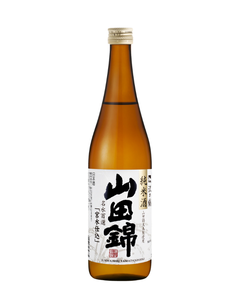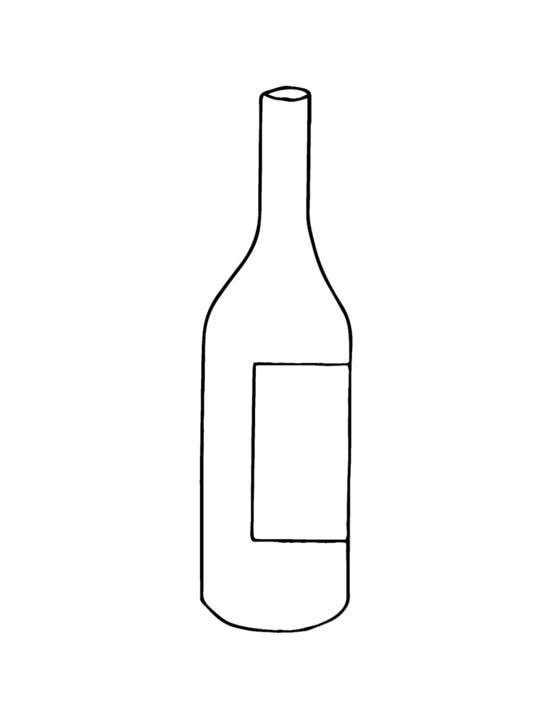SAKE
SAKE
-
 Sawanotsuru Junmai Yamada Nishiki Sake 720mlSawanotsuru was established in 1717, in Kobe, in the prefecture of Hyogo. The current owner, Mr Nishimura, is the 15th generation family owner.
Sawanotsuru Junmai Yamada Nishiki Sake 720mlSawanotsuru was established in 1717, in Kobe, in the prefecture of Hyogo. The current owner, Mr Nishimura, is the 15th generation family owner.
This is their everyday Junmai. Yamadanishiki (the king of Sake rice) is used generously. By using Yamadanishiki rice, this sake has a depth of flavor with a fruity aroma. The texture is very soft and elegant and the finish is clean and dry.
There is gentle grip here too and nice soft spicy, white pepper overtones that work really well. For those new to sake this is cracking all-rounder. You can serve this cold or lightly warm and its super versatile as far food so have at it.
SakeJapan$30.00 As low as $27.00 -
 Amanoto Junmai Daiginjo 35 720ml
Amanoto Junmai Daiginjo 35 720mlEstablished in 1917. Amanoto’s brewery is located in Akita in the snowy, northern part of Japan and they are the smallest of Akita’s 47 breweries.
The name ‘Amanoto’ was inspired by an old poem based on a Japanese myth. ‘Amanoto’ means ‘Heavens Door’ which is symbolised by the Magatama, a stone used for a necklace in the myth, pictured on the label.
This sake is very dry. It has a hint of yeast and a nice floral character on the nose with complexity.Style: Junmai
Rice Type:
Kojimai (For Koji) — Ginnosei
Kakemai (For Sake) — Miyamanishiki
Rice Grown: Akita
Rice Polishing Ratio: 60%
Alcohol: 16.5%
Serve: Room Temperature or Warm
SakeJapan$135.00 As low as $121.50

